Understanding "Less Than" in Math
In math, "less than" is a comparison between two numbers to determine which is smaller. The symbol used to denote "less than" is < (less than symbol).
Example:
If we have the numbers 5 and 8, we can say that 5 is less than 8, which can be written as 5 < 8. This means 5 is smaller than 8.
How to Read "Less Than" Statements:
When reading a "less than" statement, we can say "5 is less than 8" or "8 is greater than 5". Both statements convey the same comparison between the two numbers.
Inequality Notation:
In inequality notation, "less than" is represented by the < (less than) symbol. For example, 3 < 7 means "3 is less than 7".
Using "Less Than" in Comparisons:
When comparing numbers, if the number on the left of the < symbol is smaller than the number on the right, the statement is true. For example, 4 < 9 is a true statement because 4 is smaller than 9.
Understanding "less than" is essential for comparing numbers and understanding their relationships in mathematics.
[Less Than] Related Worksheets and Study Guides:
.◂Math Worksheets and Study Guides Second Grade. Time
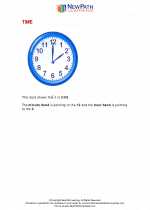
 Activity Lesson
Activity Lesson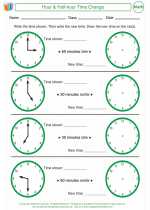
 Activity Lesson
Activity Lesson
 Activity Lesson
Activity Lesson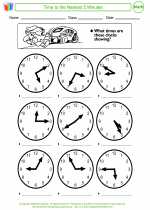
 Activity Lesson
Activity Lesson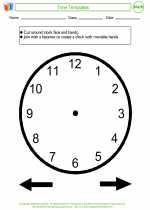
 Activity Lesson
Activity Lesson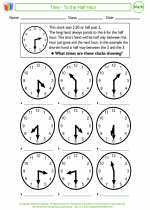
 Activity Lesson
Activity Lesson
 Activity Lesson
Activity Lesson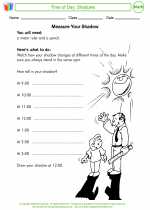
 Activity Lesson
Activity Lesson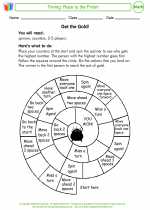
 Activity Lesson
Activity Lesson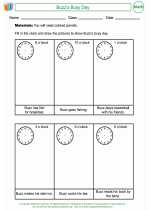
 Worksheet/Answer key
Worksheet/Answer key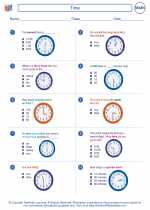
 Worksheet/Answer key
Worksheet/Answer key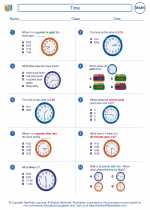
 Worksheet/Answer key
Worksheet/Answer key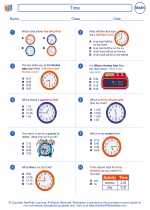
 Worksheet/Answer key
Worksheet/Answer key
 Worksheet/Answer key
Worksheet/Answer key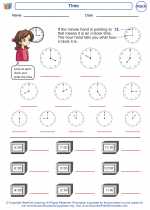
 Worksheet/Answer key
Worksheet/Answer key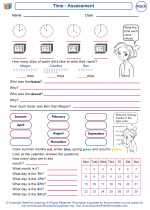
 Worksheet/Answer key
Worksheet/Answer key
 Worksheet/Answer key
Worksheet/Answer key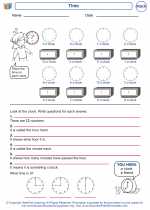
 Worksheet/Answer key
Worksheet/Answer key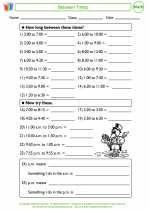
 Worksheet/Answer key
Worksheet/Answer key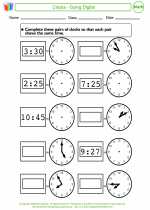
 Worksheet/Answer key
Worksheet/Answer key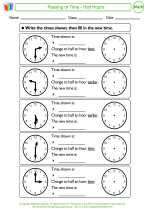
 Worksheet/Answer key
Worksheet/Answer key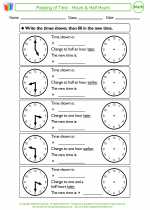
 Worksheet/Answer key
Worksheet/Answer key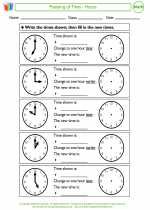
 Worksheet/Answer key
Worksheet/Answer key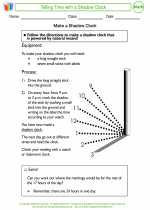
 Worksheet/Answer key
Worksheet/Answer key
 Vocabulary/Answer key
Vocabulary/Answer key
 Vocabulary/Answer key
Vocabulary/Answer key
